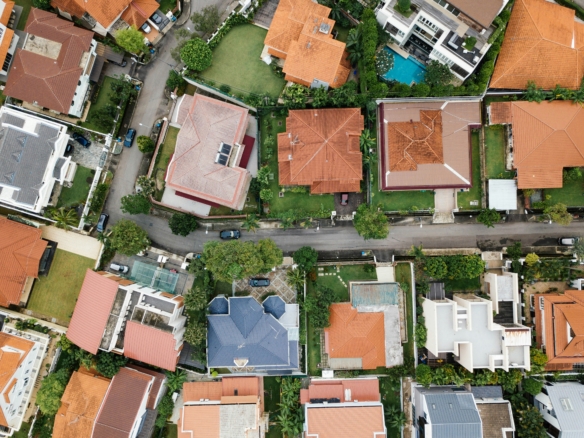While the property market might not be quite as lucrative as it once was, few would disagree that there is still plenty of money to be made for budding landlords.
However, particularly for someone who hasn’t been involved in the industry before, it can prompt plenty of bewilderment. After all, what does yield mean? What is a good yield? What can impact your yield? The list can well and truly go on.
Today doesn’t promise to be a glossary for the above (there are plenty of better resources for this). Instead, we will present some points that can suggest what you should be looking for if you’re considering investing in a particular property.
Let’s get to work…
Let’s talk about yield
Following the yield-focus opening to our article, it only makes sense to start with this term.
Put simply; this is the annual rent, divided by the property’s price and converted into a percentage.
We’re not going to discuss what makes a good yield – as this differs widely regionally. However, it is worth considering that most sources only consider these two variables when calculating this figure. In other words, while you might see yields of 8% branded around – this probably won’t include any of the other costs that could eat into your profits. This is important to note, particularly if you are going off estate agent brochures that are generally quite simplistic.
How much will it cost to insure?
One hidden cost which is rarely spoken about is insurance. Landlord insurance differs from other types, but it’s crucial to have.
Some properties and areas will have higher insurance premiums than others. Before making any purchase, make sure you understand these costs, as they can eat into your true yield.
Assessing the potential repair costs
It’s not just the insurance premiums you need to worry about when assessing a property – you also need to think about repair costs.
These can vary greatly and will often depend on the age and state of the property. For example, a new build will likely have far fewer repair costs than an older one.
When assessing a property, it’s important to have a realistic idea of how much these costs could be. This will help you work out your potential profits and whether the property is actually as lucrative as it seems.
Is it likely to have a high churn of tenants?
Tenant churn is another thing you should consider. This is a measure of how often a tenant leaves a property.
Generally speaking, the higher the churn, the less desirable the property. This could be for several reasons: perhaps it’s in a bad location, the property is in a poor state of repair, or the rent is too high.
Remember, for every month that your property is unoccupied, you’ll be making a loss.
Are there any local costs?
Each area will have its own different rules and regulations. For example, if we look towards Nottingham in the UK, this became one of the first regions which demanded that landlords had to pay a license fee.
Try to find out if your region in question has any more unique costs. Again, if they do, it will eat into your true yield.



